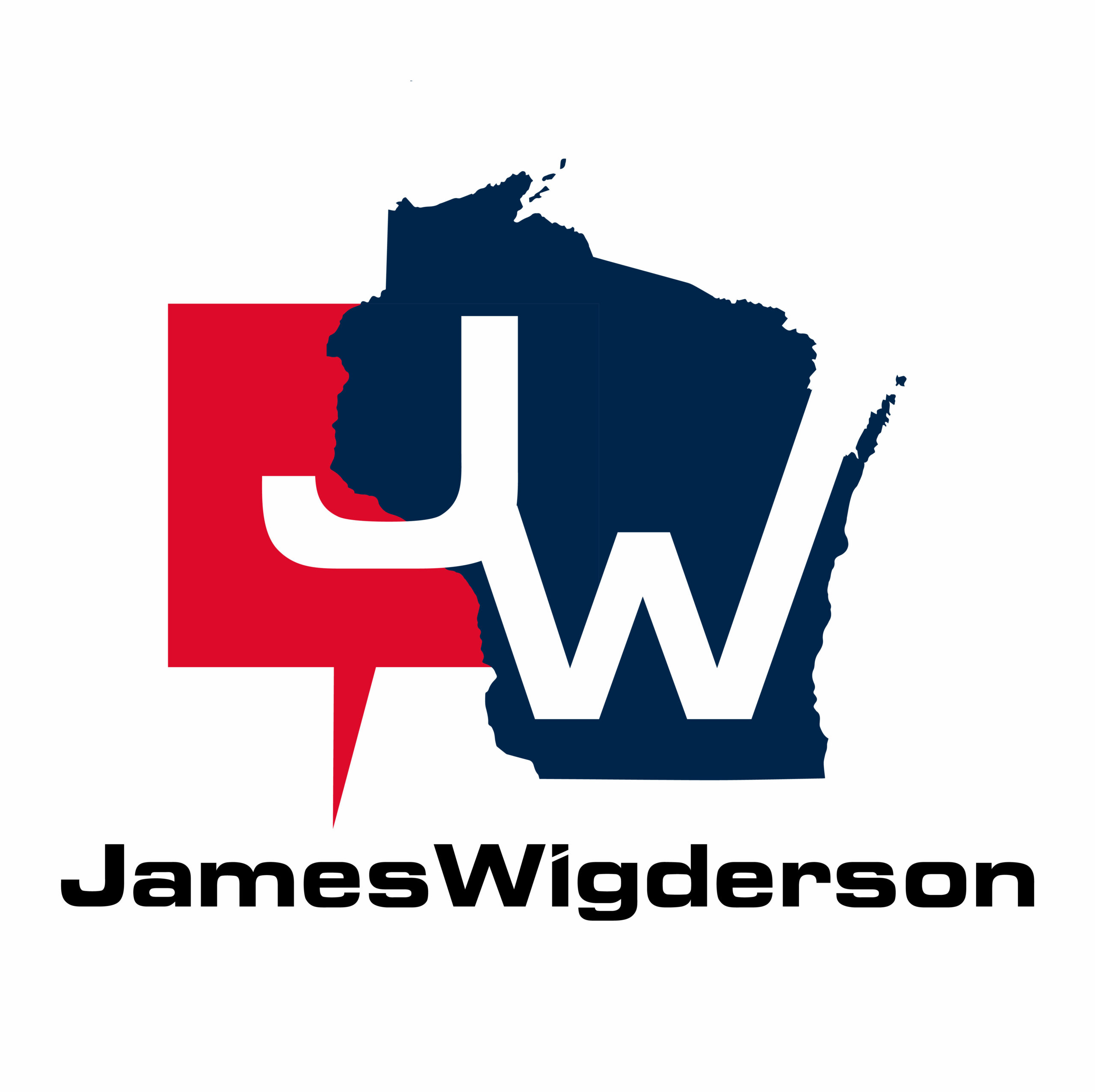By Will Flanders, Ph.D. and Collin Roth
Can someone “splurge” on something that costs nothing? An anti-school choice Wisconsin State Journal editorial suggested an increase in the income cap for the statewide voucher program (Wisconsin Parental Choice Program) represented the Senate “splurging” on school choice. The editorial is full of inaccuracies but this is probably the most insidious. Why? The income cap increase – and resulting expansion of the statewide voucher program – represents no additional cost to the state.
The reason for this is quite straightforward. Consider what happens when a child leaves a public school for a private school with a voucher (outside of Milwaukee):
- The state makes a payment to the private school for the amount of the voucher. This payment is for $7,210 in the case of a K-8 student and $7,856 in the case of a 9-12 grade student.
- The public school district still receives property tax revenue and some state aid (more on this in step 3) for the departing child: The school district is still allowed to count the departing child as a student for state aid and revenue limit purposes even though they are no longer educating that child.
- This district’s state aid is reduced by the voucher amount. If equalization aid is not sufficient to cover the voucher amount, then other state aid is reduced to cover the gap. For our purposes here, this is the most critical step. Because aid to the district is reduced by the voucher amount, the state incurs no additional cost from a student shifting from a public school to the WPCP.
The State Journal does not have to take my word for it. According to the nonpartisan Legislative Fiscal Bureau:
“(The cost to the state of the income cap increase) would be fully offset by aid reductions and a corresponding revenue limit increase for pupils’ school district of residence, and therefore would not result in a net GPR cost.”
It is worth noting that, in the short term, not even the school district itself has less state aid when a student leaves for a private school in the choice program because the district is still allowed to count the student it no longer educates for revenue limit purposes. Previous research by WILL has shown that school districts stand to have more money per student so long as per-student state aid to the district exceeds the cost of the voucher.
The rhetoric around the choice program is heated and inflamed by partisanship. However, the effect on the state of a child receiving a voucher is no different than if a child chooses another public school through the open enrollment program or simply moves to another district in the state of Wisconsin. But because the word “voucher” is involved, the overheated rhetoric about “splurging” or “defunding public schools” is deployed.




